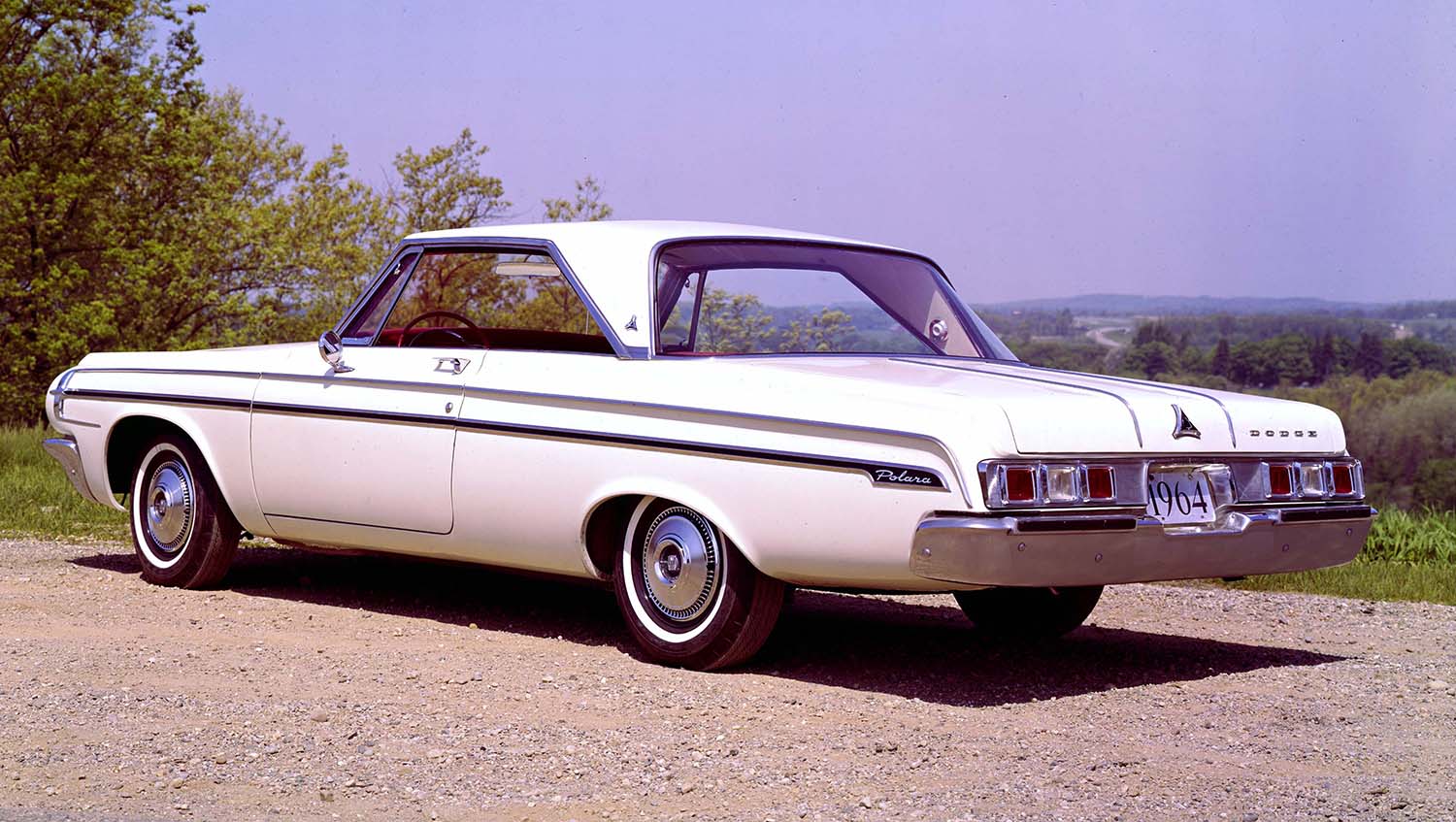
If you think of 1960s muscle, your mind probably jumps to GTOs or Mustangs. Conversely, Mopar enthusiasts know the truth is a little stranger, a little boxier, and often faster. The 1964 Dodge Polara Max Wedge represents a fascinating and unique period in the brand’s history. This car was born from a corporate miscalculation that temporarily made the Polara smaller. It remains one of the most potent factory-built drag racers of the decade. Let’s look closely at how this car redefined Dodge’s performance reputation.
The Downsizing Mistake That Created a Legend
The Polara was originally Dodge’s full-size flagship car. Chrysler mistakenly believed Chevrolet would downsize its full-size models for 1962. Consequently, Dodge quickly shrunk its Polara, using a shorter 116-inch wheelbase. This created an awkward gap in the Dodge showroom and resulted in the introduction of the Custom 880 to fill the full-size void. By 1964, the Polara still rode on this mid-size platform, stretching slightly to a 119-inch wheelbase, and it now carried a high-performance secret.
A Bold and Distinctive Design
Styling for the 1964 Polara models was certainly controversial at the time. However, the design is now instantly recognizable. It featured a bold front grille nicknamed the “barbell” design by some historians. A key identifying feature was the rear-end treatment with six small, square taillights across the back panel. This look gave the car a wider, more substantial appearance. This was a smart move by Dodge stylists, giving the slightly downsized Polara serious road presence.
The B-Body Platform and its Rigidity
The Polara utilized Chrysler’s new unibody “B-body” platform, which offered superior stiffness. This unitized construction meant the body and chassis were welded together, increasing structural rigidity. That strength was absolutely essential when considering the massive power available in the special factory performance models. A stronger platform resulted in better handling and greater durability, especially under the tremendous stress of drag racing. Furthermore, this platform proved remarkably versatile for Dodge’s lineup.
The Max Wedge Engine: Performance for the Strip
The real story of the 1964 Dodge Polara Max Wedge is found under the hood. The “Max Wedge” was Chrysler’s legendary racing engine. It represented the pinnacle of their high-performance engineering before the HEMI era truly began. Its defining features included massive intake ports and unique cross-ram or inline dual four-barrel carburetors. These engines were not for the faint of heart; they were purpose-built to dominate the Super Stock drag racing class.
Power, Engine Specifications, and Real-World Impact
The 426 cubic-inch Max Wedge V8 engine, known as the Ramcharger, was the option of choice for racers. This powerhouse came in two stages. The Stage III version featured a high 12.5:1 compression ratio, conservatively rated at 425 horsepower. A less extreme 11.0:1 compression ratio version delivered 415 horsepower. These numbers, remember, were official ratings; real-world output was often much higher. This enormous power was managed through either an improved three-speed Torqueflite automatic or a heavy-duty four-speed manual transmission. The Max Wedge Polara was a truly fearsome competitor, setting records and building Dodge’s racing legacy.
The Polara 500: A Dash of Personal Luxury
For those wanting a sporty appearance without the full-on racing engine, the Polara 500 trim level was available. This package was offered on the two-door hardtop and convertible models. It included special exterior trim, full-length chrome spears, and unique wheel covers. Inside, the 500 offered a premium feel with all-vinyl bucket seats and a center console. This variant provided the look of performance while still being a comfortable and stylish daily driver.
Polara’s Enduring Racing Heritage
The racing version of the 1964 Dodge Polara Max Wedge quickly made its mark. Teams like those running the famous “Color Me Gone” cars proved the A-body’s potential. These cars were incredibly successful, clinching major victories in NHRA drag racing. This on-track success translated into performance credibility for every Dodge model. The 1964 Polara effectively demonstrated that Dodge was serious about building high-speed automobiles.
The 1964 Dodge Polara, especially the coveted Max Wedge version, is a remarkable piece of Mopar heritage. It embodies a moment of aggressive design and unrestrained performance engineering. It remains a powerful symbol of early American muscle. This legendary car proved that even a downsized model could still deliver monumental power and speed.
Disclaimer: Content on this site is for informational purposes only. Vehicle specs, pricing, and availability may change. Always verify details with official sources before making decisions. Opinions are those of the authors.
Source: Stellantis
